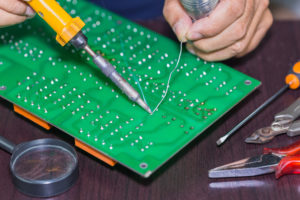Is Surface Mounted Technology Better Than Through-Hole Technology?
 There are two methods of placing components on a printed circuit board (PCB). The first one is Through-Hole Mounting (THM) and the other one is specified as Surface Mount Technology (SMT). At Yun Industrial we use SMT as well as THM. Both methods have their advantages and disadvantages. This blog will explain the differences between SMT and THM and the advantages and disadvantages of both methods.
There are two methods of placing components on a printed circuit board (PCB). The first one is Through-Hole Mounting (THM) and the other one is specified as Surface Mount Technology (SMT). At Yun Industrial we use SMT as well as THM. Both methods have their advantages and disadvantages. This blog will explain the differences between SMT and THM and the advantages and disadvantages of both methods.
Through-hole technology was used for a long time in the printed circuit board industry. While it still has uses, it has been largely replaced by surface mounted technology (SMT). SMT refers to when components are mounted on top of a printed circuit board.
The primary reason why SMT is more popular than through-hole technology, is because SMT components tend to be smaller and have either smaller leads or no leads at all. Smaller components result in a smaller, more lightweight PCB, which is highly useful in our age of powerful devices that can fit in pockets or be strapped to wrists.
In some situations, certain components may not be able to be mounted on the surface of a PCB. In these cases, a printed circuit board may include SMTs and through-holes.
At Yun Industrial Acme PCB Assembly, we can work with you to determine whether SMT, through-hole, or both methods would be best for your PCBs.

